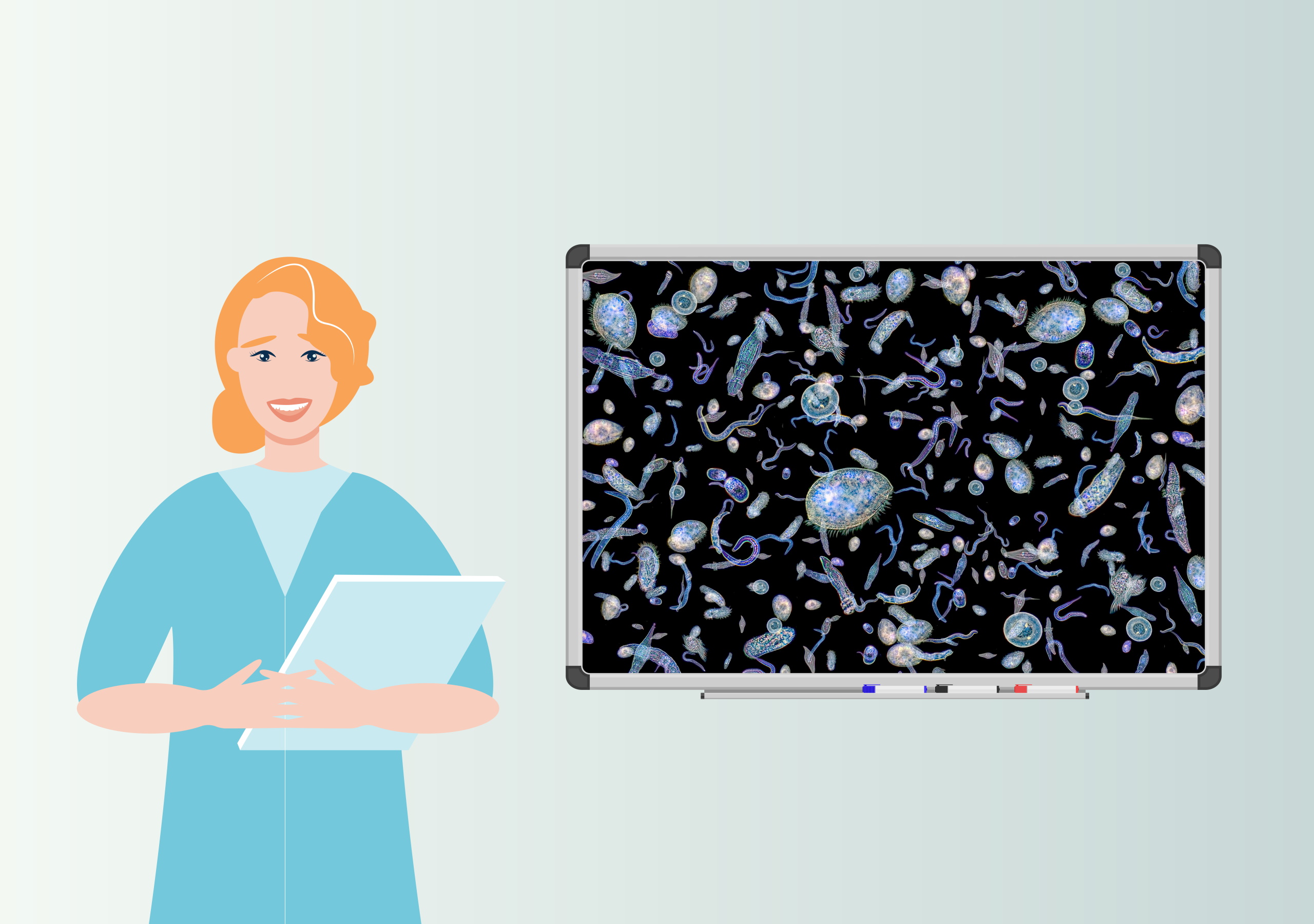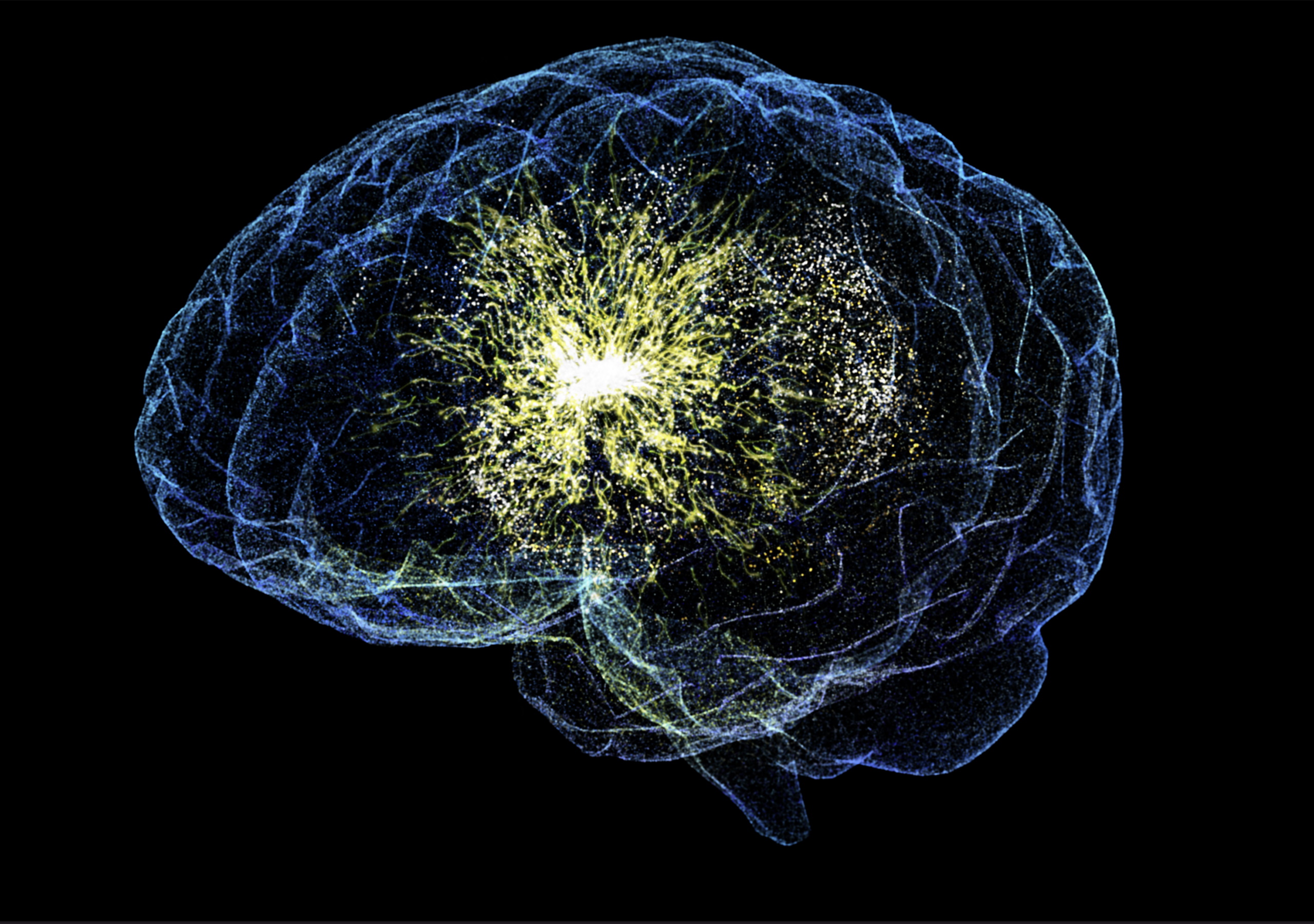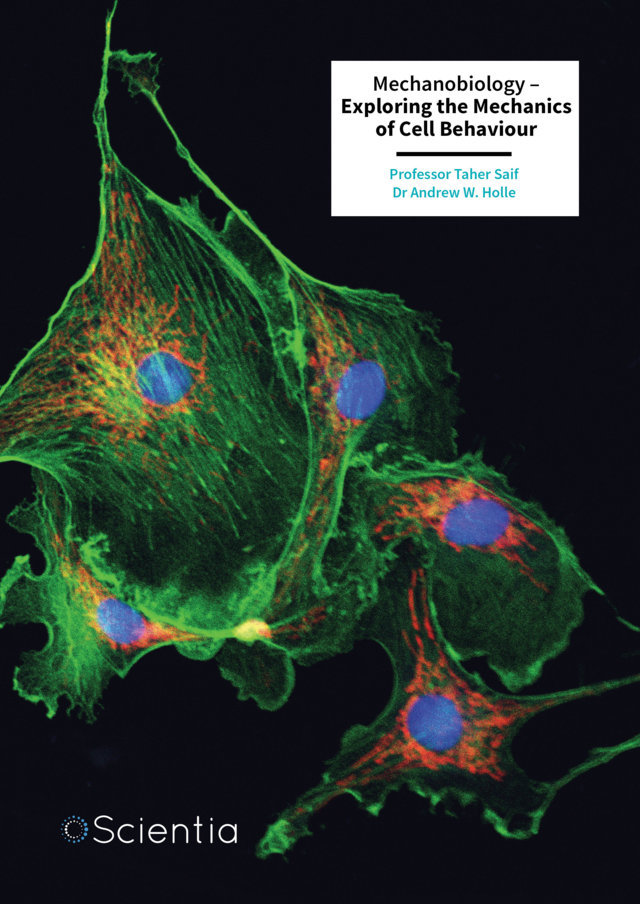VideoPod
About this episode
The ownership of goods, including both material objects and immaterial goods such as intellectual property, is defined by property regimes. Property regimes are sets of rules that define ownership. They determine who can own goods, legitimate ways of acquiring and using them, and duties associated with owning them. Two important categories of property regimes are private property and common property regimes. Private property regimes focus on ownership by a single person or entity, while common property regimes involve ownership by several people or entities. Nina Gmeiner and her colleagues from the research project RightSeeds explored the recent emergence of a class of property regimes known as progressive commons. More
Original Article Reference
Summary of the paper, ‘New Values for New Challenges: The Emergence of Progressive Commons as a Property Regime for the 21st Century,’ in Ethics, Policy & Environment, doi.org/10.1080/21550085.2020.1848194
This research is part of the research project ‘RightSeeds – Common-based rights on seeds and seed varieties for a social-ecological transformation of plant cultivation’, funded by the German Federal Ministry for Education and Research (BMBF) under grant 01UU1602A as part of the program ‘Research for sustainable development’ (FONA).
Contact
For further information, you can connect with Dr Nina Gmeiner at nina.gmeiner@uni-oldenburg.de
This work is licensed under a Creative Commons Attribution 4.0 International License. 
What does this mean?
Share: You can copy and redistribute the material in any medium or format
Adapt: You can change, and build upon the material for any purpose, even commercially.
Credit: You must give appropriate credit, provide a link to the license, and indicate if changes were made.






